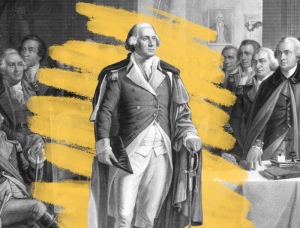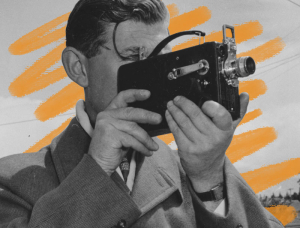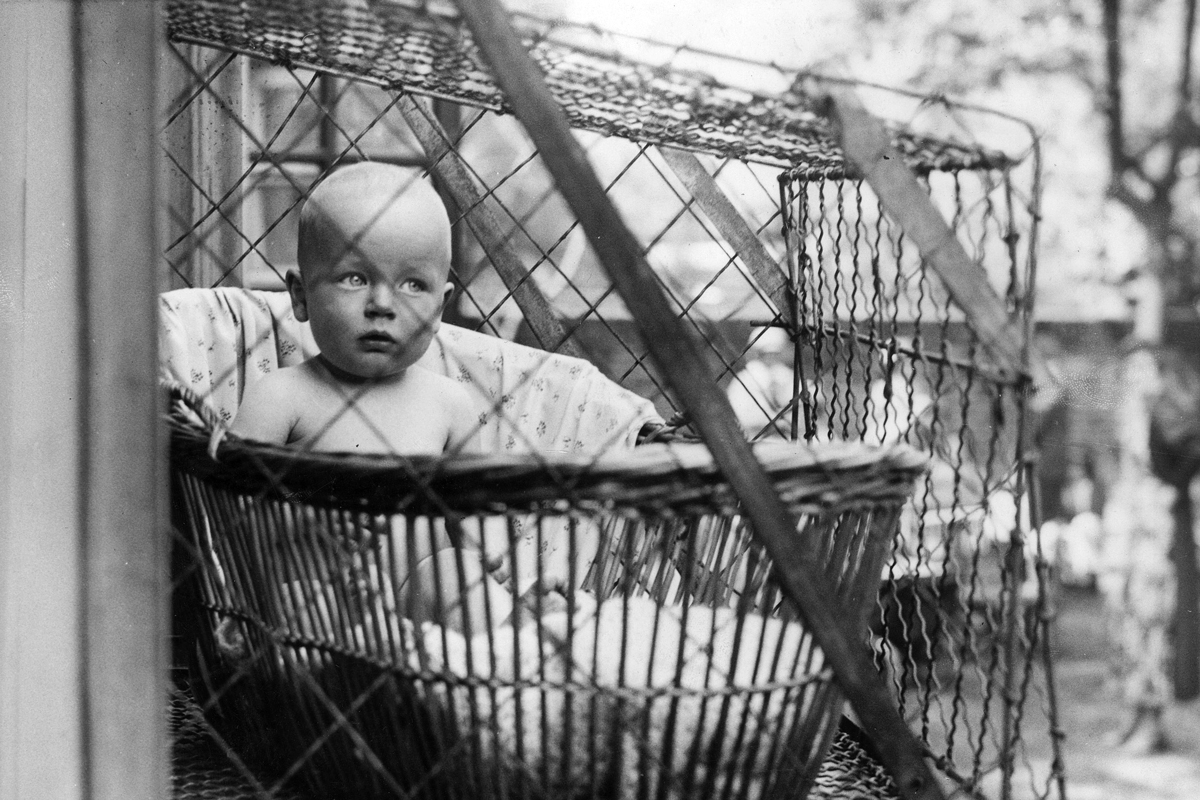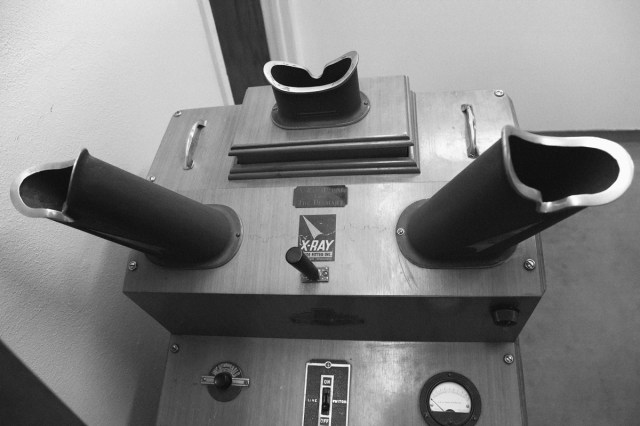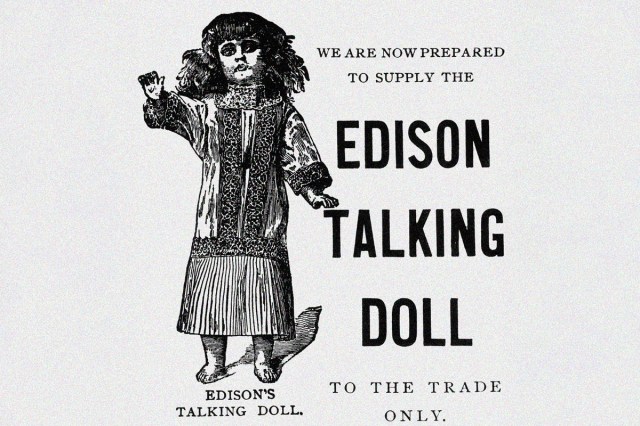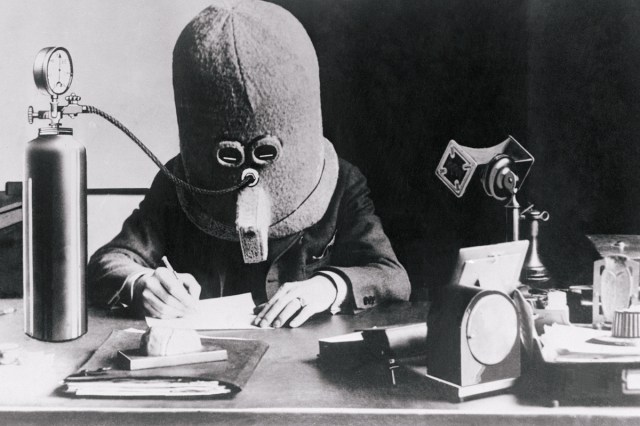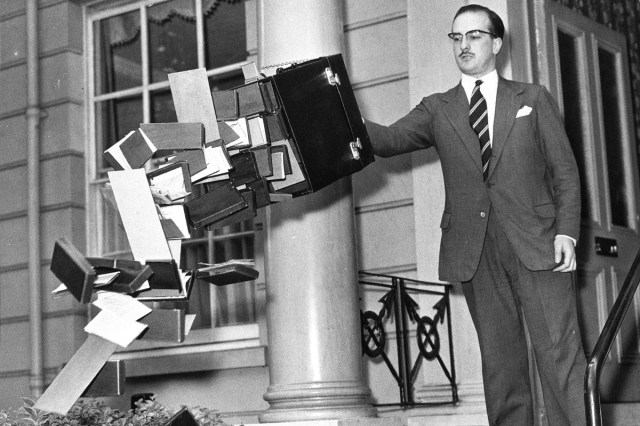5 Inventions That Failed Spectacularly
From the wheel to the light bulb, innovation has played a central role in the story of human civilization. But history’s inventors also left behind a trail of misfires, failures, and downright disasters. Here are five ideas that promised to make life better, safer, or more efficient, but turned out to be spectacular flops.
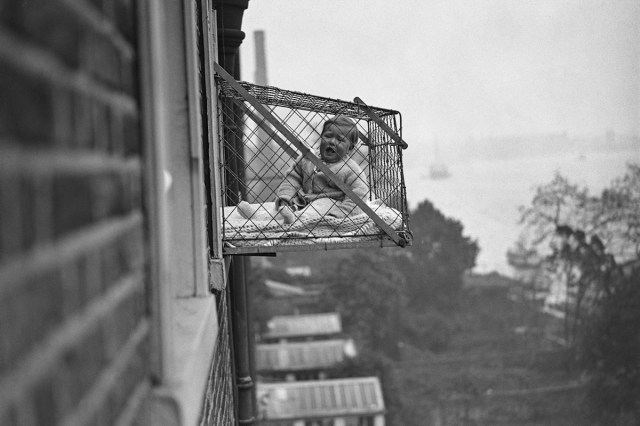
Baby Cages
In the early 20th century, crowded cities such as New York and London grappled with widespread tuberculosis. At the time, one common treatment was fresh air, prescribed by figures including the influential pediatrician Luther Emmett Holt. In his 1894 book, The Care and Feeding of Children, Holt wrote that babies exposed to fresh air enjoyed better appetites, brighter cheeks, and improved health.
Enter the baby cage — a wire enclosure fastened to an open window, which allowed apartment dwellers to suspend infants several stories above city streets to “air them out.” The first U.S. patent was granted to Emma Read of Spokane, Washington, in 1922, though the idea had circulated earlier. The baby cage briefly caught on, notably among members of the Chelsea Baby Club in London. Even Eleanor Roosevelt used one for her infant daughter Anna, until a horrified neighbor threatened to call the New York Society for the Prevention of Cruelty to Children. Baby cages declined in the second half of the 20th century, largely due to safety concerns.
You may also like
Recommendations For You
-
01.
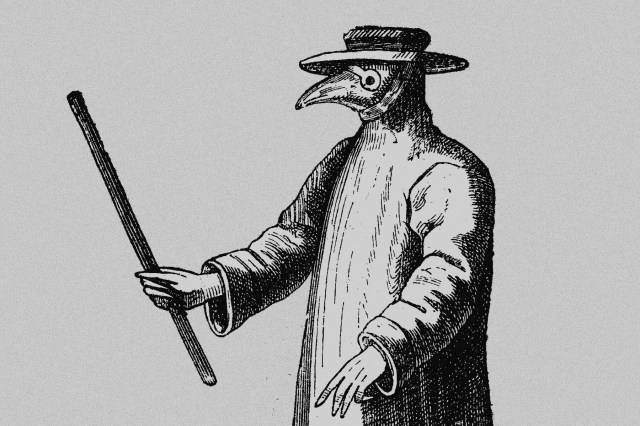 Science & Industry
Science & IndustryWhy Did Doctors Wear Beak Masks During the Bubonic Plague?
-
02.
 Science & Industry
Science & Industry5 Inventions That Came Out of the Great Depression
-
03.
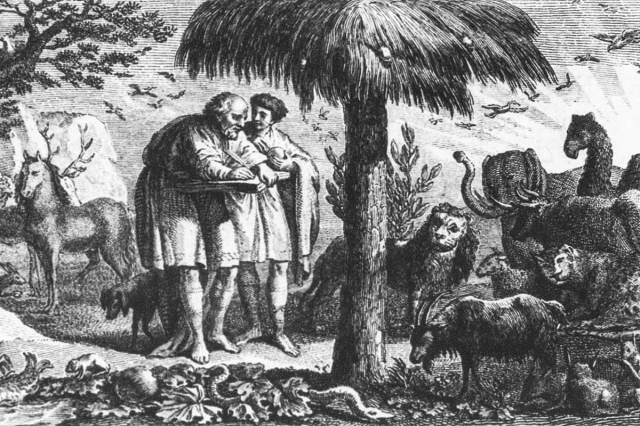 Science & Industry
Science & Industry6 Amazing Breakthroughs Made by the Ancient Greeks
-
04.
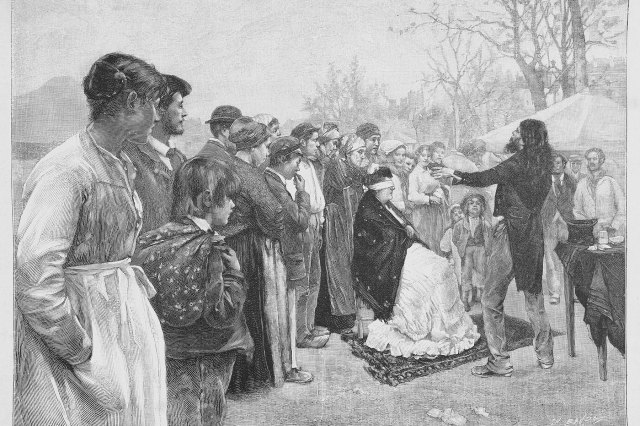 Science & Industry
Science & Industry6 Shocking ‘Scientific’ Beliefs From Victorian England


